What are the Different Types of Pipe Roller Systems?
Pipe roller systems make it simple for installers to manufacture or repair pipes virtually any size. Steel pipe support systems might be single or double in design, and they’re used to support medium to big pipes and pipe systems once installed. Pipe rollers make it possible to roll heavy pipes into place for maximum accessibility and efficiency.
Standard pipe roller systems
Standard pipe roller systems are provided for gas lines, electrical conduit, chilled water lines, condensate lines, ducting, and air conditioning equipment stands. When height modification or pipe suspension is required, Hanging Pipe Supports are available.
Trenchless pipe roller systems and roller systems
Trenchless pipe roller systems and roller systems are made of toughened polyurethane and are designed to perform in demanding situations. They are a simple, cost-effective, and customizable method for low-profile handling pipes. Pipe rollers range in hardness from 50A to 75D, and pipe supports and cradles are available in stackable tunneling and V-roller configurations.
Stackable pipe roller systems
The modular construction of Stackable Pipe Roller Systems minimizes transportation costs to and from job locations. Lightweight base frames for ease of positioning and handling or substantial base frames for bigger pipes keep roller frames from shifting during pipe handling.
Pipe roller slings
Pipe roller slings (rollie cradles) are a necessary pipe roller system attachment for steel, coated steel, and plastic pipe handling applications. Pipe roller slings (rollie cradles) are extensively used for pipeline staging and rigging. Pipe slings can lay welded pipe in a trench, hoist pipe over difficult areas during dragging, and launch a pipe bend. The pipe rolling slings are supported by a pipe rolling spreader bar when the pipe is laid.

Vessel Turning Rolls – sometimes known as rotators, these machines are used to turn and roll massive vessels, usually in conjunction with boom and column manipulators for vessel welding and fabrication automation. LJ offers a variety of height-adjustable turning rolls and rotators, track mount casters, powered wheel spacing, leveling, and side shift features. Vessel with Height Adjustment
Tank Turning Rolls with A 12-Ton Adjustable Height (Vessel Rotators)
Tank spinning rollers that may be adjusted are needed for welding cylindrical items. They’re widely employed in various industries and other sectors that deal with pipes and pipe assembly. Our Adjustable Tank Turning Rolls are indispensable for current welding operations and may be integrated into manipulator applications.
Our adjustable vessel rotators have several advantages, the most important of which is the heavy-duty design and long service life, assuring quality pipe rolling even after years of usage. Our vessel rotators improve production quality, increase efficiency, and reduce operator workload. They also help achieve superior quality circumferential joints on shells by reducing the need for cranes. Tank turning rolls rise welding automation and ensure that cylindrical workpieces are rotated precisely.
LJ designed polyurethane rollers for roller bed use in the 06R-100A/200. LJ also offers a variety of choices and accessories that can be added to a vessel roller based on the customer’s needs. Grippers, casters, footswitches, and enhanced control options are all included. The loading capacity of the 06R-100A/200 is 12 tons, evenly distributed on the idler and driver. It has a 25,000-pound output torque with height adjustment, allowing pipes and other cylindrical objects to be hoisted and lowered between 23″ and 39″.
Fit-Up Rolls (Roller Bed Style)
Tank Fit-Up Rolls are utilized to fit a variety of tank lengths and diameters, as well as thin-walled vessels. They’re also used to connect shell courses and pin them together to create a rigid diameter vessel.
LJ’s Tank Fit-up turning wheels make fitting up large diameter vessels with several sections simple and cost-effective. Mechanized welding gets easy to apply for maximum speed when section fit-up is done correctly. The modular nature of our fit-up beds, such as the ALG-412, allows operators to add sections for longer tanks. Fit-Up tank rotators additionally support the entire length of the tank or vessel, ensuring that the workpiece maintains its cylindrical shape. Our tank fit-up rolls provide quick and safe alignment, improved rolling and positioning, and reduced crane usage. Finally, LJ’s set-up for turning rolls reduces workload, perhaps reducing an 8-hour job to a 2-hour job.
Our Fit-up rotators provide support along the whole length of concentric tanks or vessels for applications where ordinary turning rolls are insufficient, and extra vessel support is required. ALG-412 is an excellent tool for building wind turbines and other cylindrical items with a diameter ranging from 3 to 14 feet and a weight of up to 60 tons. We also provide a variety of accessories and alternatives that can be added at the request of the customer. This could incorporate corded or wireless hand pendants, various footswitches, or even a bespoke height.
Should You Invest In Variable/Fixed Height Tank Turning Rolls?
The welding industry’s future has been dubbed “Automation.” As technology advances and develops, new types of equipment with various features and costs become available on the market. LJ Welding Automation’s most popular products are variable and fixed height turning rolls. These machines are an excellent first step toward automation and should be a standard in most, if not all, welding shops, given their benefits.
What Are the Advantages of Fixed and Variable Height Vessel Rotators?
Repeatability
Unlike a human worker, a machine does not require breaks or vacations. It is capable of working and producing the same output daily. Any cylindrical workpiece is kept in place and aligned by variable and constant height rotating rolls. They also rotate the workpiece so that a human welder can access all the joints while remaining in one place. Welders may concentrate on producing high-quality welds with these devices. Weld uniformity is improved since the workpiece is spun mechanically and uniformly.
Reducing Human Error and Rework
No matter how well-trained your employees are, there is always the possibility of making mistakes. Errors are less likely with automated equipment like variable and fixed height turning rolls. The necessity for rework is reduced, and material waste is avoided due to the procedure.
LJ’s welding equipment is designed to automate your procedure’s arduous and repetitive parts. As a result, workers are more accessible than ever to concentrate on producing high-quality results. Human employees don’t have to bother about rotating and aligning large workpieces because fixed and variable height turning rolls do it for them. Your employees will be less tired and more capable of functioning at their best, less likely to make mistakes as their workload is reduced.
Per Job Cost Savings
It’s no secret that specific high-tech equipment is prohibitively expensive, and you must pay for installation, maintenance, overhead, and operator training in addition to the equipment cost. Many store owners are debating whether or not to automate due to the large numbers involved. However, there are ways to avoid such fees, and automation proves to be an excellent investment when you consider the long-term savings.
Fabricators can improve their weld quality and increase their capabilities by using automation. You may do more in-house and save money instead of outsourcing to third parties. Your business effectively grows when you improve the quality and quantity of your offerings.
Automation shortens cycle times, boosts production, and expands cost-cutting potential. It also doesn’t have to be expensive right away. Purple Engineering provides a variety of alternatives for integrating automated equipment into your fleet. You can start with rentals for certain projects and then purchase used equipment through Purple Engineering rental buy-out program.
Worker Protection and Comfort
Using variable and constant height turning rollers decreases and changes the involvement of your staff in the actual welding process. This is a good thing because it means they will be less exposed to the potentially hazardous components of their employment, and the chance of accidents will be reduced.
A worker who is wounded or paralyzed results in high costs. You’ll need to find suitable replacements in addition to therapy and insurance. Skilled labor is not inexpensive, and training and equipping amateurs with the necessary skills can be costly in more ways than one. When you consider these factors, it’s clear to understand how investing in automation can help your organization save money.
Will You Invest in Pipe – Vessel Roller?
Owners’ misgivings about deploying variable height or fixed height turning rolls and other automated equipment are for various reasons. They are not wholly without merit, but with the appropriate plan and the participation of all parties involved, including employees, they can be readily addressed. On the other hand, automation has many advantages, including improved outputs, faster turnaround times, and safer workers, and is one of the most stable investments in an uncertain future.
Find a Product Product Search
Pipe Stands Our Products
-
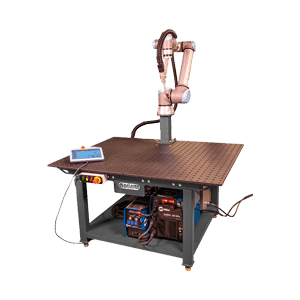
Cobot Systems
1 Product -
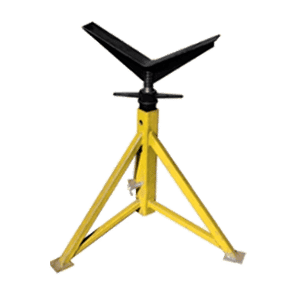
Tripod Pipe Stands
5 Products -
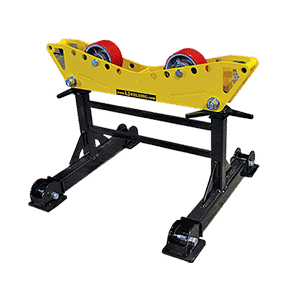
Pipe Stands
11 Products -
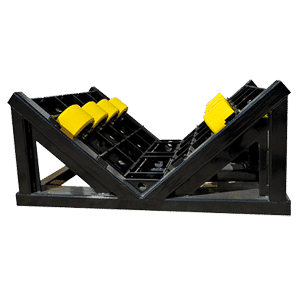
Pipeline Rollers
17 Products -
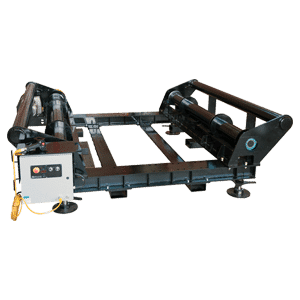
Cable Reel Rollers
3 Products -
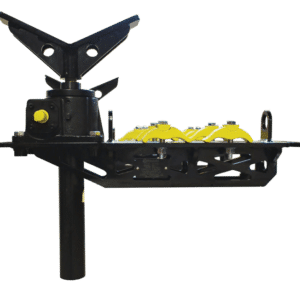
Pipe Lifting Jacks
3 Products -

Turning Rolls
24 Products -
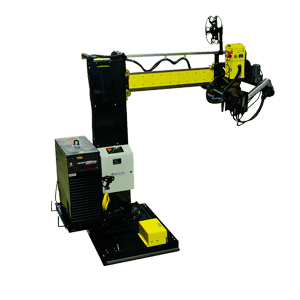
Welding Manipulators
9 Products -
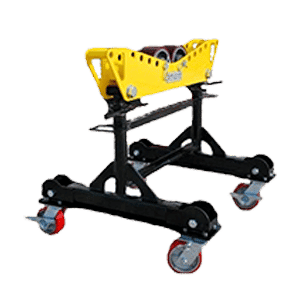
Welding Pipe Stands
11 Products -
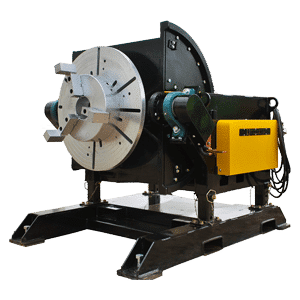
Welding Positioners
10 Products -
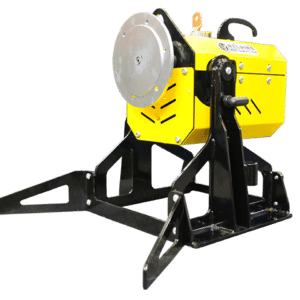
Welding Turntables
9 Products
